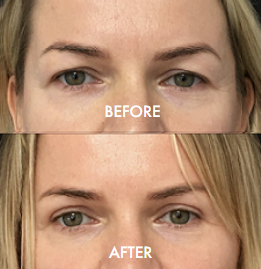FUE & DHI Hair Transplant Liverpool
State-of-the-art hair transplant
procedures using the latest
techniques for exceptional results.
FUE & DHI Hair Transplant Liverpool
FUE & DHI Hair Transplant Liverpool
the latest techniques for exceptional results.
How does FUE & DHI Hair Transplant Work?
At Cosmetic Surgery of The Royal Liver Building, a CQC-registered clinic, we take pride in providing the highest level of modern hair transplant techniques. Through our expertise in FUE & Direct Hair Implantation (DHI), we offer a solution that delivers outstanding results. Hair loss can have a significant impact on self-esteem and confidence. At Cosmetic Surgery of the Royal Liver Building, we specialize in advanced hair restoration techniques, including Follicular Unit Excision (FUE) and Direct Hair Implantation (DHI). These minimally invasive procedures provide natural-looking, permanent hair regrowth with minimal downtime.Thanks to its cutting-edge technology, FUE & DHI stand out as the top choices for those seeking a revitalising hair transplant. Whether you’re a man or a woman, regardless of your ethnicity or background, this innovative approach offers a personalised solution for anyone looking to restore their hair with confidence.
What to Expect During a FUE Hair Transplant Procedure
FUE is a state-of-the-art technique in which individual hair follicles are extracted from the donor area (typically the back or sides of the scalp) and transplanted into areas experiencing hair loss.
Steps of FUE:
- Donor Area Preparation: Hair is trimmed to facilitate follicle extraction.
- Local Anesthesia: Applied to both the donor and recipient areas to ensure a pain-free procedure.
- Follicle Extraction: Using a specialized micro-punch tool, follicles are carefully harvested one by one.
- Recipient Site Creation: Tiny incisions are made in the recipient area to accommodate the grafts.
- Graft Placement: Extracted follicles are meticulously implanted in a way that mimics natural hair growth patterns.
What to Expect During a DHI Hair Transplant Procedure
DHI is an advanced variation of FUE that eliminates the need for pre-made incisions in the recipient area. Instead,
follicles are implanted directly into the scalp using a specialized DHI implanter pen, improving precision, density and healing times.
Steps of DHI:
- Donor Area Preparation & Anaesthesia: Same as FUE.
- Follicle Extraction: Individual follicles are harvested using a micro-punch tool.
- Implantation: Using the DHI implanter pen, follicles are implanted directly into the recipient area without needing pre-made incisions.
Hair Transplant via Local Anaesthetic
The surgeon begins by carefully extracting hair follicles from the donor site, ensuring each one is handled with precision. These follicles are then implanted into the targeted areas, such as the crown, mid-parting, or hairline, depending on the patient’s needs. If hairline reshaping is required, the surgeon first marks the desired area with a marker pen to make sure the results align perfectly with the patient’s preferences.
Preparing the Donor Area and Performing the Transplant
Before the procedure starts, the clinic’s nurses or technicians will shave the donor area to prepare it for extraction. Once this is done, the surgeon administers a local anaesthetic, ensuring the patient remains comfortable and pain-free throughout the process. Finally, using the specialised Choi implanter pen, the surgeon skillfully performs the hair transplant, delivering precise and natural-looking results.
Pros Of Dhi Hair Transplant
• No stitches or scars.
• It offers the most natural look among other methods.
• Lasting results.
• State-of-the-art minimally invasive method.
• Minimal discomfort, easy outpatient procedure
• A speedy recovery with no effect on everyday work and life.
• It can be performed on long hair.
PRE-OPERATIVE CONSIDERATIONS
Before undergoing FUE or DHI, patients should:
- Undergo a medical consultation with Dr. Waqas Nazir to determine candidacy for surgery.
- Stop blood-thinning medications (aspirin, ibuprofen) and certain supplements at least 1-2 weeks before surgery (only if approved by your GP).
- Avoid alcohol and smoking for at least 2 weeks pre- and post-surgery, as they can slow healing.
- Wash your hair with a mild shampoo the night before surgery, avoiding any styling products.
- Eat a light meal before the procedure, as you will be in a seated or lying position for an extended period.
Hair Transplant (DHI): Exceptional Benefits and Outstanding Results
POST-OPERATIVE CARE
Immediate Aftercare (0-7 Days)
- Keep your head elevated when sleeping to reduce swelling.
- Avoid touching, scratching, or rubbing the transplanted area.
- Use sterile saline spray (as prescribed) to keep the grafts hydrated.
- Do not wash your hair for 48 hours after surgery.
- Avoid direct sunlight, excessive sweating, and dusty environments.
Hair Washing Routine (After 48 Hours)
- Wash your hair gently using a paraben-free baby shampoo as per Dr. Nazir’s instructions.
- Use lukewarm water and avoid direct water pressure on the grafts.
- Pat dry with a clean towel—never rub.
Expert Care at Cosmetic Surgery of The Royal Liver Building
For top-tier hair transplants, trust the expertise at Cosmetic Surgery of The Royal Liver Building in Liverpool. Surgeons Dr. Band and Dr. Waqas, both world-class specialists, deliver exceptional results through advanced care. Their skill and experience make this clinic a leading choice for those seeking outstanding hair restoration outcomes.
ON 0151 203 0020 TODAY
ON 0151 203 0020 TODAY
Before & Afters
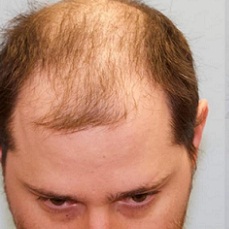
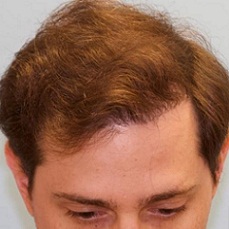
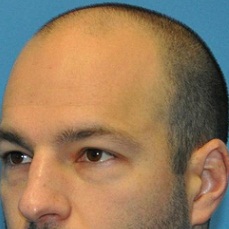
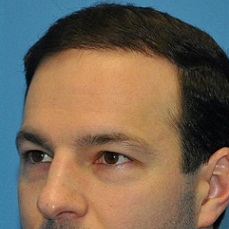
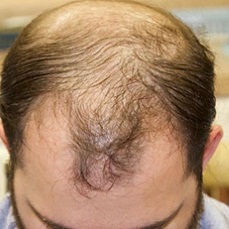
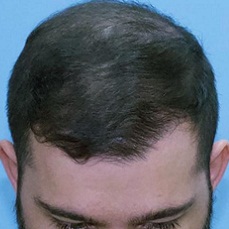
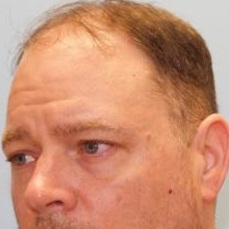

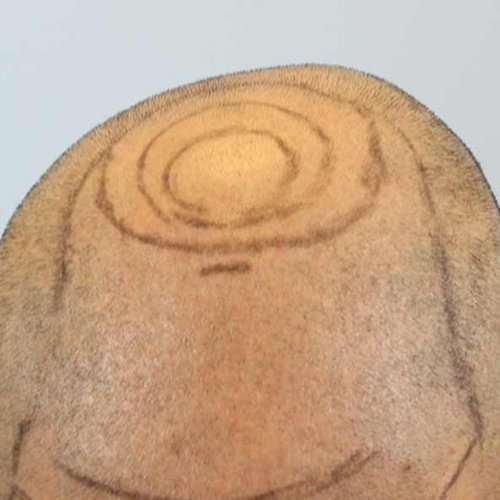
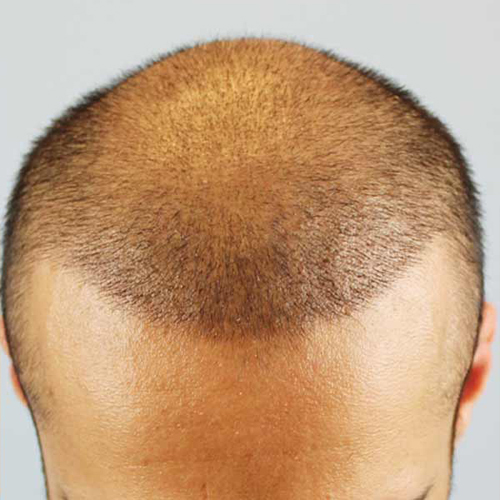
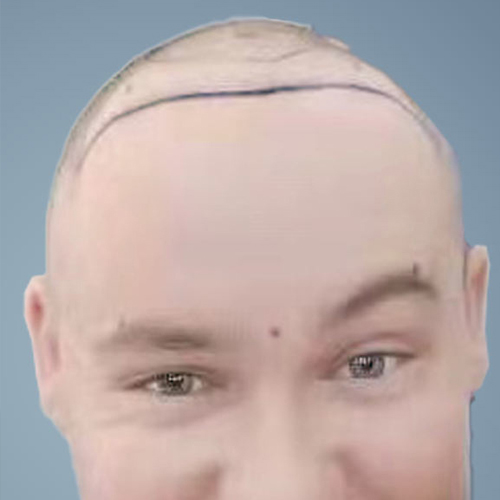

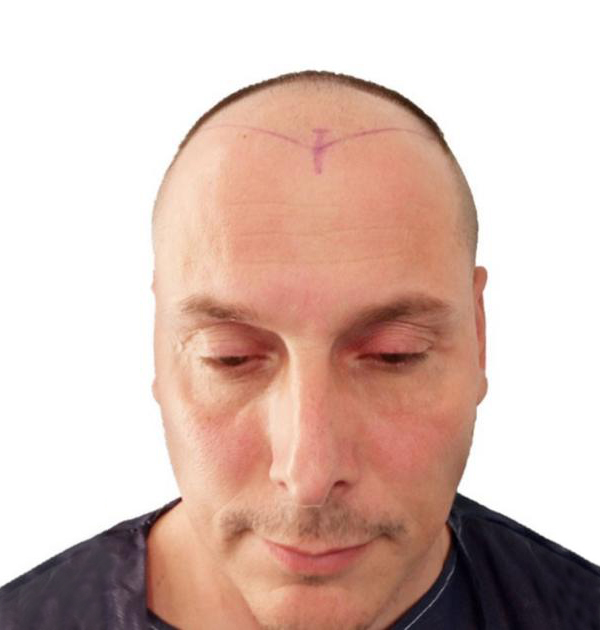
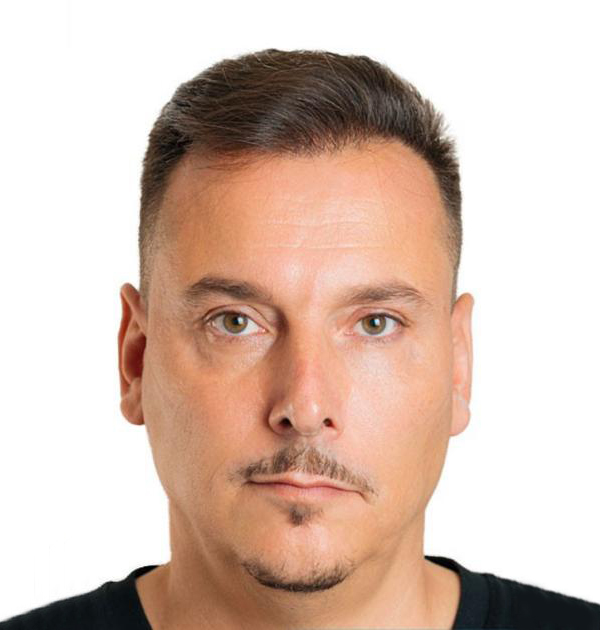
FAQS
While both FUE and DHI are considered safe and minimally invasive, all surgical procedures carry some risks. According to BAHRS guidelines, potential complications include:
- Swelling – Mild swelling around the forehead and eyes may occur but usually resolves within 3-7 days. Bleeding & Bruising – Some minor bleeding at the donor or recipient sites is normal but should stop within 24 hours.
- Folliculitis (Pimple-like Bumps) – Temporary inflammation of hair follicles may occur in the weeks following surgery but usually resolves on its own. Temporary Numbness – Some numbness or tingling in the donor or recipient areas may persist for a few weeks.
- Unnatural Hair Growth Direction – If follicles are not implanted correctly, hair may grow at an unnatural angle, though this is rare with experienced surgeons.
- Shock Loss – Some surrounding hairs may temporarily fall out post-surgery, but they will regrow within 3-6 months.
- Persistent redness, swelling, or pus discharge (signs of infection).
- Excessive pain that does not improve with painkillers.
- Prolonged bleeding beyond the first 24 hours.
- Sudden, excessive shedding beyond expected post-op hair loss.
- Keep your head elevated when sleeping to reduce swelling.
- Avoid touching, scratching, or rubbing the transplanted area.
- Use sterile saline spray (as prescribed) to keep the grafts hydrated.
- Do not wash your hair for 48 hours after surgery.
- Avoid direct sunlight, excessive sweating, and dusty environments.
- Wash your hair gently using a paraben-free baby shampoo as per Dr. Nazir’s instructions.
- Use lukewarm water and avoid direct water pressure on the grafts.
- Pat dry with a clean towel—never rub.
- No strenuous exercise or heavy lifting for two weeks.
- No swimming, saunas, or steam rooms for four weeks.
- Avoid tight hats or helmets for at least one month.
- Patience is key—final results take up to 18 months for full hair maturity.



